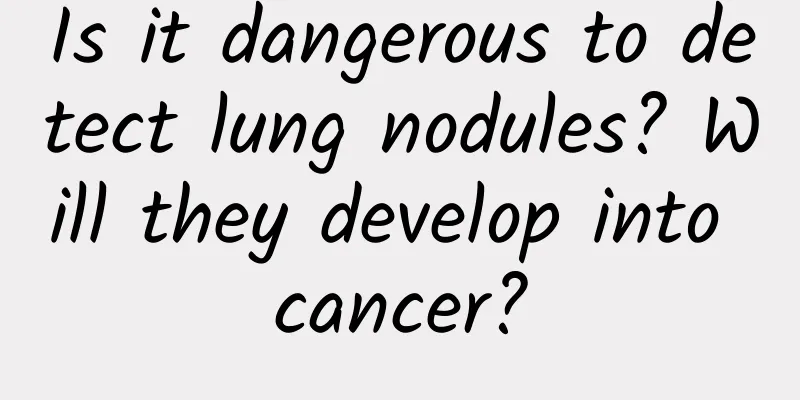What is the reason for high risk in early Down syndrome screening?

|
Everyone knows that Down syndrome is a very dangerous disease. It can have a serious impact on the development of the fetus, causing the fetus to show signs of development deviating from the normal track during growth and causing the fetus to gradually grow in a deformed direction. Down syndrome screening can detect fetal risks in a timely manner and propose solutions. Let’s take a look at what the high risk of early Down syndrome screening means. When the Down syndrome screening results show "high risk", pregnant mothers should not be too nervous. This shows that the probability of the fetus suffering from Down syndrome is higher than 1/270, which does not necessarily mean that the fetus is a Down syndrome child. When a high-risk situation occurs, the next thing the pregnant mother should do is to confirm through amniocentesis whether it is indeed a baby with Down syndrome. Currently, the most commonly used technology for prenatal diagnosis is amniocentesis, which involves inserting a needle through the pregnant woman's abdomen into the amniotic fluid under the guidance of B-ultrasound, extracting the amniotic fluid, and performing chromosome analysis on the fetal cells. Amniocentesis is suitable for pregnant women between 16 and 20 weeks of gestation. Down syndrome, also known as trisomy 21, is a disease caused by chromosomal abnormalities. 60% of children with the disease are aborted in the early fetus, and those who survive will have intellectual disabilities, special facial features, growth and development disorders and multiple malformations. When the Down syndrome screening shows a high risk and amniocentesis confirms that the fetus has Down syndrome, the best solution at present is to terminate the pregnancy. Reasons for high risk of Down syndrome screening The main reason for high risk in Down syndrome screening is chromosomal. A woman's primordial germ cells are formed during the fetal period. If pregnancy occurs too late, the eggs are more likely to be polluted by the environment, and the ovarian function begins to decline, making it easy for the egg chromosomes to age, ultimately leading to an increased incidence of teratogenesis. The proportion of high-risk patients in Down syndrome screening Generally speaking, older mothers are more likely to have intrauterine growth retardation and premature birth in their fetuses. The incidence of Down syndrome children increases exponentially with the age of the mother. The chance of a woman under 25 having a baby with Down syndrome is about 1/2000, which rises to 1/300 at the age of 35. If she becomes pregnant after the age of 44, the chance of having a baby with Down syndrome is as high as 1/40. |
<<: What does early Down syndrome screening detect?
>>: What is the critical risk of early Down syndrome screening?
Recommend
The severity of leg numbness may be greater than you think, pay attention to these disease risks
Real points: Momentary numbness is a temporary se...
Does the lochia not stop? Do I need to have a uterine cleaning?
During the recovery period, mothers will experien...
What kind of exercise can be said to reduce breast size?
Breast reduction surgery is a type of plastic sur...
How to remove the smell of softened hair
Some people have naturally hard hair, which makes...
Is cervical erosion easy to treat?
You may not be very clear about the relevant cont...
What is the tea that goes with sushi called? What is the dipping sauce for sushi?
Sushi is nutritious and high in protein. Sushi is...
InSites: The Current State of Social Business Integration in Enterprises
Integrating social media into the business proces...
Not eating after noon is good for weight loss, but it has four major hazards
The fasting after noon weight loss method means n...
Why do girls get pregnant?
Most women will be induced to have children after...
What to do if you have bleeding after induced abortion
We all know that induced labor, like giving birth...
Treatment of pelvic effusion in early pregnancy
I believe everyone knows the importance of the pe...
What to do if you have toothache during pregnancy
Many people will experience toothache during preg...
Gynecological inflammation occurs frequently in summer, please do not ignore these 5 points
The weather is getting hotter and hotter, not onl...
What to do if breast suppuration
Women's breasts are particularly sensitive an...









